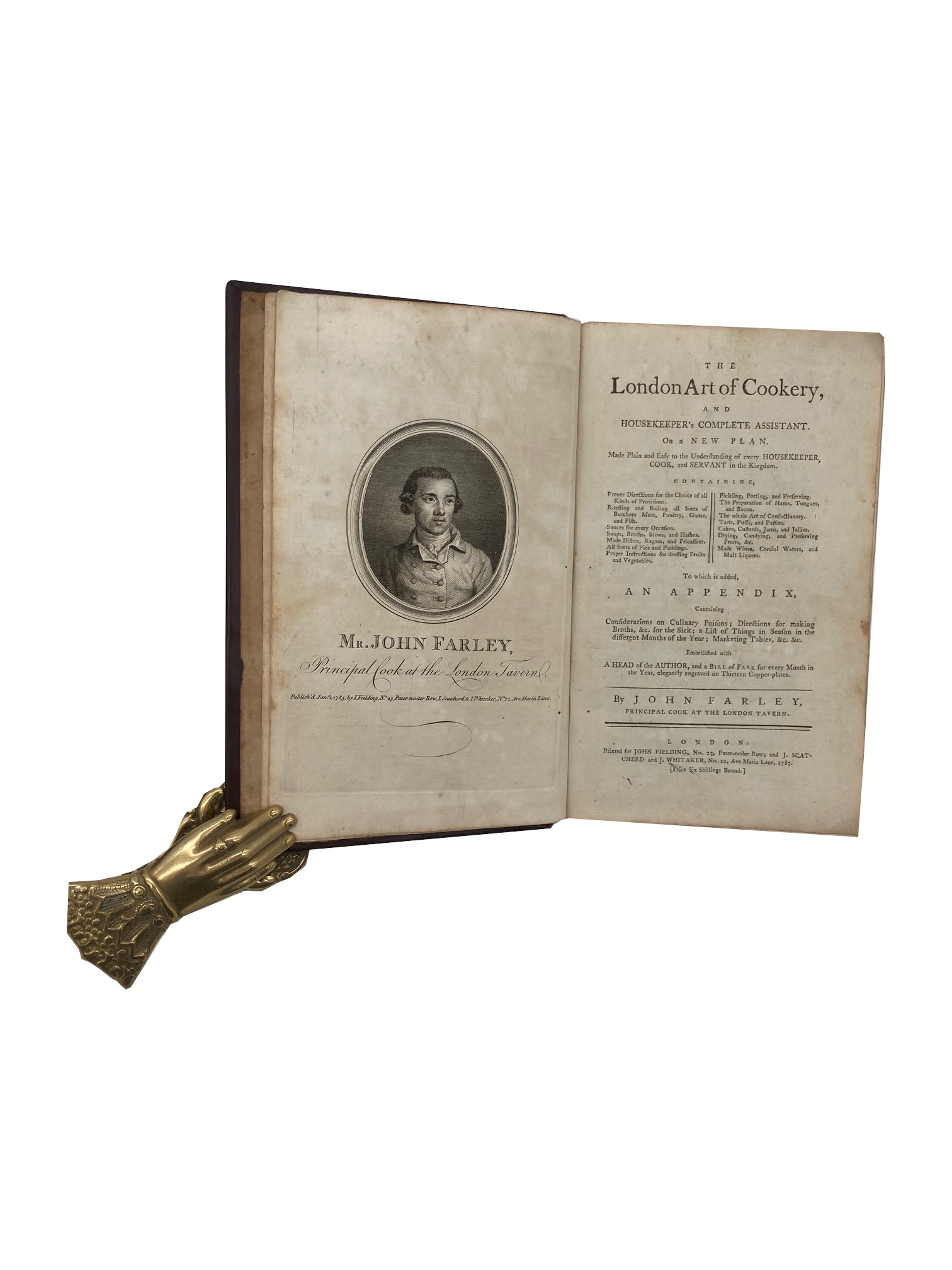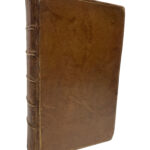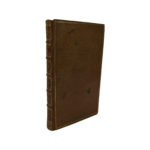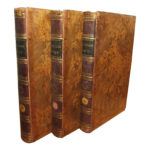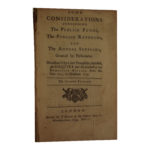Description
[004891] Farley, John; [Johnson, Richard] The London Art of Cookery, and Housekeeper’s Complete Assistant. On a New Plan. Made Plain and Easy to the Understanding of Every Housekeeper, Cook, and Servant in the Kingdom. London: John Fielding; J. Scatcherd; and J. Whitaker, 1783. First Edition. 8vo. Hardback. Good. [3], iv-xx, plates, [1], 2-459pp, [1]. Modern sheep, raised bands, spine in six panels
Internally lightly browned throughout, a few small nicks, portrait frontispiece lightly stained, especially to reverse, former owner’s names to reverse of portrait frontispiece, but generally clean
With an engraved portrait frontispiece, and twelve bills of fare (bound out of order), and with Farley’s signature printed at the end of the preface. Often reprinted, with at least nine eighteenth century editions (Quayle, Old Cook Books, page 111)
Farley was the principal cook at the London Tavern, though the work is “now known to be the work of a hack writer, Richard Johnson. Ninety per cent of The London Art of Cookery was compiled from the two culinary best-sellers of the eighteenth century, without ever acknowledging his female sources. These were Hannah Glasse’s The Art of Cookery Made Plain and Easy (first published 1747) and Elizabeth Raffald’s The Experienced English Housekeeper (first published 1769). The remaining 10 per cent of Farley’s book came from several other eighteenth-century cookery books. Copyright laws did not cover the field at that time and other contemporary cookery writers borrowed material. Johnson appears not only to have used two-thirds of Glasse’s book and half of Raffald’s to compile Farley’s book, but his copying technique involved changing the first and last lines of each recipe without seemingly improving the original text to any marked degree. His selection of excellent and often workable recipes, however, may well account for the book’s popularity” (ODNB)
ESTC T131756; Cagle 675; Maclean, pages 50-52; Oxford page 114; Wellcome III: 9

